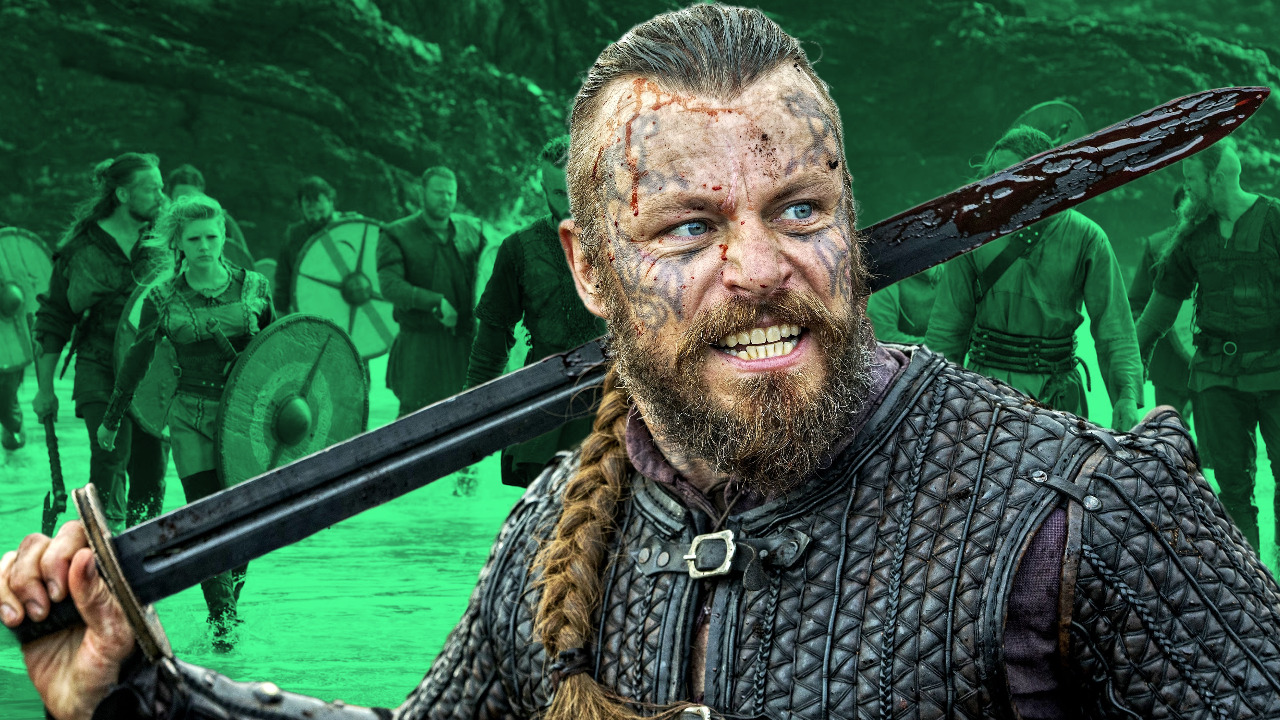Vikings is the modern name given to seafaring people originally from Scandinavia, who from the late 8th to the late 11th centuries raided, pirated, traded and settled throughout parts of Europe. There are numerous myths and misconceptions that have arisen, leading to an inaccurate portrayal of Vikings. Valhalla Rising, The Vikings or The 13th Warrior; did these movies depict Viking accurately?
Vikings weren’t all bloodthirsty raiders. Movies depict Vikings as pillagers and plunderers who took whatever they wanted. Yes. raids did occur but this not the primary occupation of the Norse people. Vikings established themselves as skilled traders, explorers, farmers, and craftsmen. Viking achievements was their state-of-the-art shipbuilding technology, which allowed them to travel greater distances than anyone before them.
They established trade routes, settled in new lands, and engaged in peaceful interactions with other cultures. Vikings were not barbaric and uncivilized, in fact contrary to popular belief, Vikings had a rich and sophisticated culture. Vikings had a developed mythology, poetic traditions, and a legal code known as the “Thing system” that upheld justice. They had their own legal systems, complex social structures, and even democratic processes. They were skilled shipbuilders and navigators, as evidenced by their successful voyages across vast distances.
Not every Vikings wore horned helmets. The image of Vikings wearing horned helmets is largely a fabrication. There is no evidence to support the claim that Vikings wore such headgear in battle or everyday life. In fact, practicality would have made horned helmets impractical on the battlefield, as they would provide an opponent with a convenient grip during combat. The myth of horned helmets likely originated from artistic interpretations in the 19th century.
Viking society was not a monolithic entity, and were actually a unified group. Vikings were comprised of various clans and tribes with their own unique identities and alliances. Vikings came from regions now known as Scandinavia, including present-day Norway, Sweden, and Denmark, and their cultural diversity was reflected in their traditions and beliefs. Not all Vikings shared the same cultural practices or participated in raids.
Excavations have revealed evidence of combs, razors, tweezers, and ear spoons among Viking artifacts. Additionally, accounts from foreign visitors praised Vikings for their cleanliness and grooming practices. Contrary to the notion of Vikings being uncivilized and unkempt, historical evidence suggests that they placed great importance on personal hygiene.
Recent archaeological discoveries have also shed light on the existence of female warriors, challenging the notion that Vikings were exclusively male. Women had legal rights, could own property, and participate in trade. Some women even held positions of power as priestesses or chieftains. While Viking men were known for their seafaring and warrior activities, women played significant roles in Viking society as well.
Viking longships were sleek and highly maneuverable vessels designed for both warfare and exploration. Similar to the misconception about horned helmets, there is no historical evidence supporting the idea that Vikings used ships with horns. The depiction of horned ships stems from artistic exaggeration and misinterpretation of Viking artifacts.

